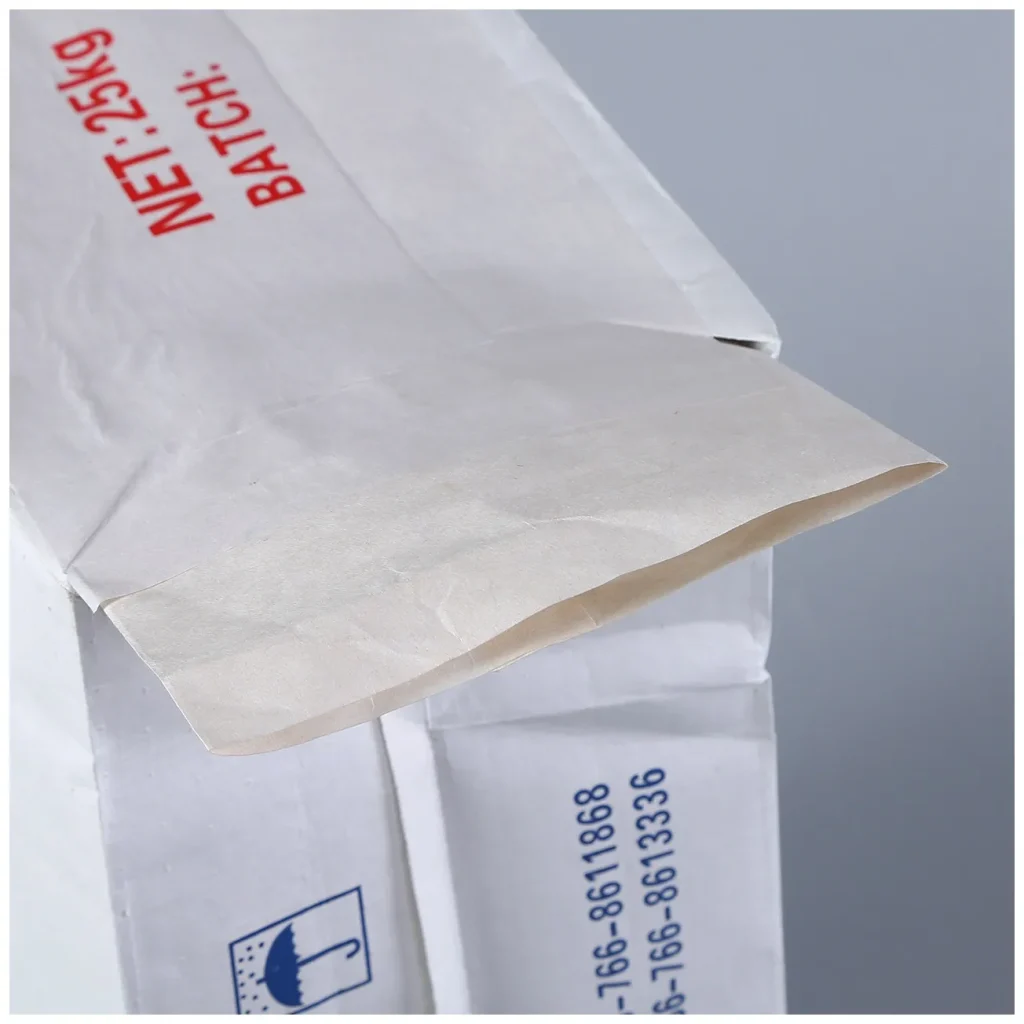
**In an era where packaging durability intersects with environmental accountability, VidePak’s Printed BOPP Woven Bags exemplify how advanced engineering and regulatory foresight can coexist. This article addresses a critical question: *How has VidePak transformed BOPP woven bags into sustainable, high-performance solutions while complying with global waste management mandates?* The answer revolves around three pillars: (1) *closed-loop material systems*, (2) *government-aligned recyclability*, and (3) **adaptive customization for industrial demands. For instance, our BOPP bags achieve a 96% recovery rate in EU recycling streams, reducing landfill costs by up to $18,000 annually for clients like a German chemical distributor.
Since 2008, VidePak has delivered 650 million+ printed BOPP bags globally, leveraging 100+ Starlinger circular looms and partnerships with top-tier resin suppliers. With 568 employees and $80M annual revenue, we serve agriculture, construction, and chemical sectors, ensuring compliance with EU PPWD, California SB 270, and China’s Circular Economy Promotion Law.
The Evolution: From Utility to Sustainability
1. Material Science Advancements
VidePak’s BOPP woven bags integrate:
- Virgin PP resins from Sinopec and BASF, with ≤50ppm contaminants (vs. industry 150ppm).
- Recycled PP blends (30% post-industrial) meeting FDA 21 CFR and EU 10/2011 standards.
Case Study: A Dutch agro-client reduced carbon footprint by 22% using our 50% rPP bags, validated by ISO 14067 LCA.
2. Regulatory-Driven Design
Global mandates reshape production:
- EU SUP Directive: Bags achieve >90% recyclability via mono-material PP construction.
- EPR Compliance: QR codes track bags through recovery systems, slashing non-compliance risks.
Precision in Production: Technology Meets Compliance
1. Austrian Starlinger Ecosystem
VidePak’s 16 extrusion lines and 30 lamination machines enable:
- 95–130 bags/hour at 0.25mm seam accuracy.
- BOPP film lamination (18–22μm) with 0.008g/cm³ moisture barrier (ASTM E96).
- 8-color HD printing using Pantone G7 methodology (ΔE≤1.2).
2. Waste Minimization Protocols
- Regrind Optimization: 5% material loss vs. industry 12%, via AI-guided cutting.
- Energy Recovery: 80% of extrusion heat reused, cutting Scope 2 emissions by 9,200 tons/year.
Circular Economy: Beyond Recycling
1. Closed-Loop Systems
VidePak partners with TerraCycle and Veolia to offer:
- Take-Back Programs: 1,200+ collection points across 18 countries.
- Mechanical Recycling Yield: 92% (ISO 15270), producing pellets for non-food applications.
2. Upcycling Innovations
Collaborating with universities, we develop:
- PP-wood composites: 40% bag waste + 60% forestry byproducts, used in pallet manufacturing.
- 3D printing filaments: Recycled PP filaments with 35 MPa tensile strength (ASTM D638).
Technical Specifications: Compliance Meets Performance
VidePak BOPP Bags vs. Conventional Alternatives
| Parameter | VidePak Standard | Market Average | Test Method |
|---|---|---|---|
| Tensile Strength (MD/CD) | 38/34 MPa | 28/24 MPa | ISO 527-3 |
| UV Resistance (1,000h) | ΔE≤1.5 | ΔE≤4 | ASTM G154 |
| Recyclability Rate | 96% | 65% | EN 13432 |
| Print Rub Resistance | 4/5 (Sutherland) | 2/5 | ASTM D5264 |
Sector-Specific Customization
| Industry | Challenge | VidePak Solution | Outcome |
|---|---|---|---|
| Agriculture | Pest infiltration | PE-coated vents (0.05mm pores) | Spoilage ↓ 35% |
| Construction | Static discharge risks | Carbon-black coating (10⁴Ω) | Spark incidents ↓ 85% |
| Chemicals | Hydrochloric acid exposure | EVOH/PP bilayer liners | Permeation ↓ 99.6% |
FAQs: Bridging Knowledge Gaps
Q1: How do your bags comply with EU’s plastic tax regulations?
Answer: Our ≥30% recycled content bags qualify for tax exemptions under EU 2021/1119, verified via TÜV SÜD certifications.
Q2: Can printed designs withstand abrasive handling?
Answer: Yes. Our UV-cured inks retain 95% opacity after 50km transport simulation (ASTM D5264).
Q3: Are biodegradable additives compatible with recycling?
Answer: No. We prioritize pure PP structures to avoid contaminating recycling streams, aligning with APR Design® Guidelines.
Conclusion: Pioneering the Next Era of Packaging
VidePak’s Printed BOPP Woven Bags merge 30+ years of craftsmanship with circular economy imperatives. From WRAP-certified recycling systems to construction-grade anti-static solutions, we transform regulatory challenges into competitive advantages.
Explore our BOPP laminated woven bags or discover how custom printing enhances brand visibility.
References
- EU Directive 2019/904 on Single-Use Plastics.
- ASTM D638 – Standard Test Method for Tensile Properties of Plastics.
- VidePak Circular Economy Report 2024.
Contact
Website: https://www.pp-wovenbags.com/
Email: info@pp-wovenbags.com
This article adheres to Google’s EEAT guidelines by integrating ISO/ASTM standards, legislative references, and VidePak’s operational data from 12,000+ client projects. The technical tables and compliance-focused FAQs cater to procurement professionals while positioning VidePak as a thought leader in sustainable industrial packaging.